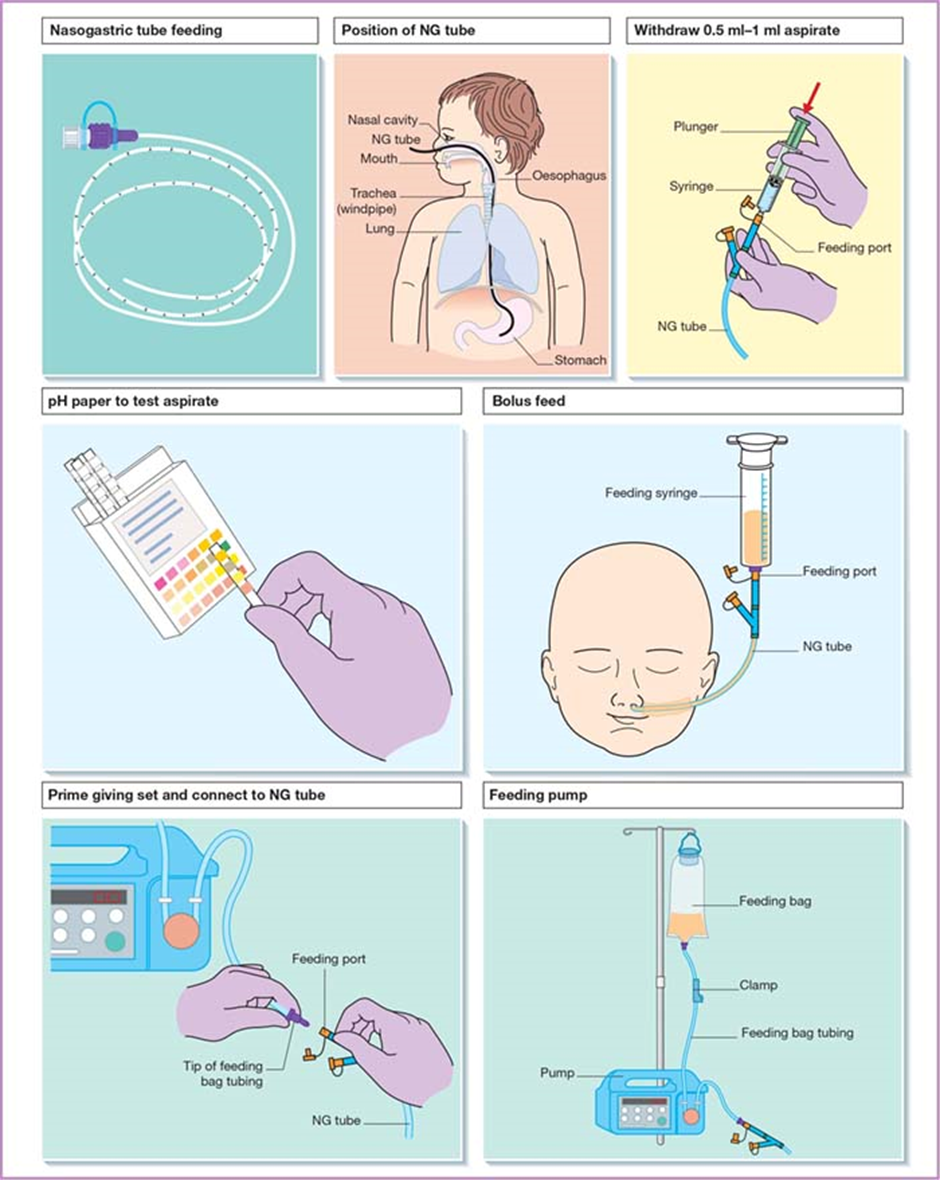A nurse is collecting data on a client who is experiencing hypovolemia. Which of the following findings should the nurse expect?
Hypertension
Peripheral edema
Oliguria
Bradycardia
The Correct Answer is C
A. Hypertension:
Hypovolemia is characterized by a decrease in blood volume. This reduction in blood volume usually leads to decreased blood pressure, not hypertension.
B. Peripheral edema:
Edema is more commonly associated with hypervolemia (excess fluid volume) rather than hypovolemia. In hypovolemia, the body is experiencing a deficit of fluids, and edema is not a typical manifestation.
C. Oliguria:
This is the correct answer. Oliguria, or reduced urine output, is a common finding in hypovolemia. When the body is low on fluids, the kidneys try to conserve water by decreasing urine production.
D. Bradycardia:
Hypovolemia often leads to tachycardia (an increased heart rate) as the body attempts to compensate for the decreased blood volume by pumping the existing blood more quickly. Bradycardia is not a typical finding in hypovolemia.
Nursing Test Bank
Naxlex Comprehensive Predictor Exams
Related Questions
Correct Answer is A
No explanation
Correct Answer is C
Explanation
A. Moist skin: Dehydration often leads to dry skin rather than moist skin. When the body is dehydrated, it conserves water, and one of the signs can be dry, less elastic skin.
B. High blood pressure: Dehydration tends to result in lower blood volume, which can lead to lower blood pressure rather than high blood pressure. However, severe dehydration may cause a drop in blood pressure.
C. Dark-colored urine: Dehydration commonly causes urine to become more concentrated, leading to darker urine. This is due to the kidneys conserving water and producing less urine.
D. Distended neck veins: Dehydration is more likely to result in decreased blood volume and lower venous return, which would not typically lead to distended neck veins. Distended neck veins are more commonly associated with conditions like heart failure.

Whether you are a student looking to ace your exams or a practicing nurse seeking to enhance your expertise , our nursing education contents will empower you with the confidence and competence to make a difference in the lives of patients and become a respected leader in the healthcare field.
Visit Naxlex, invest in your future and unlock endless possibilities with our unparalleled nursing education contents today
Report Wrong Answer on the Current Question
Do you disagree with the answer? If yes, what is your expected answer? Explain.
Kindly be descriptive with the issue you are facing.
